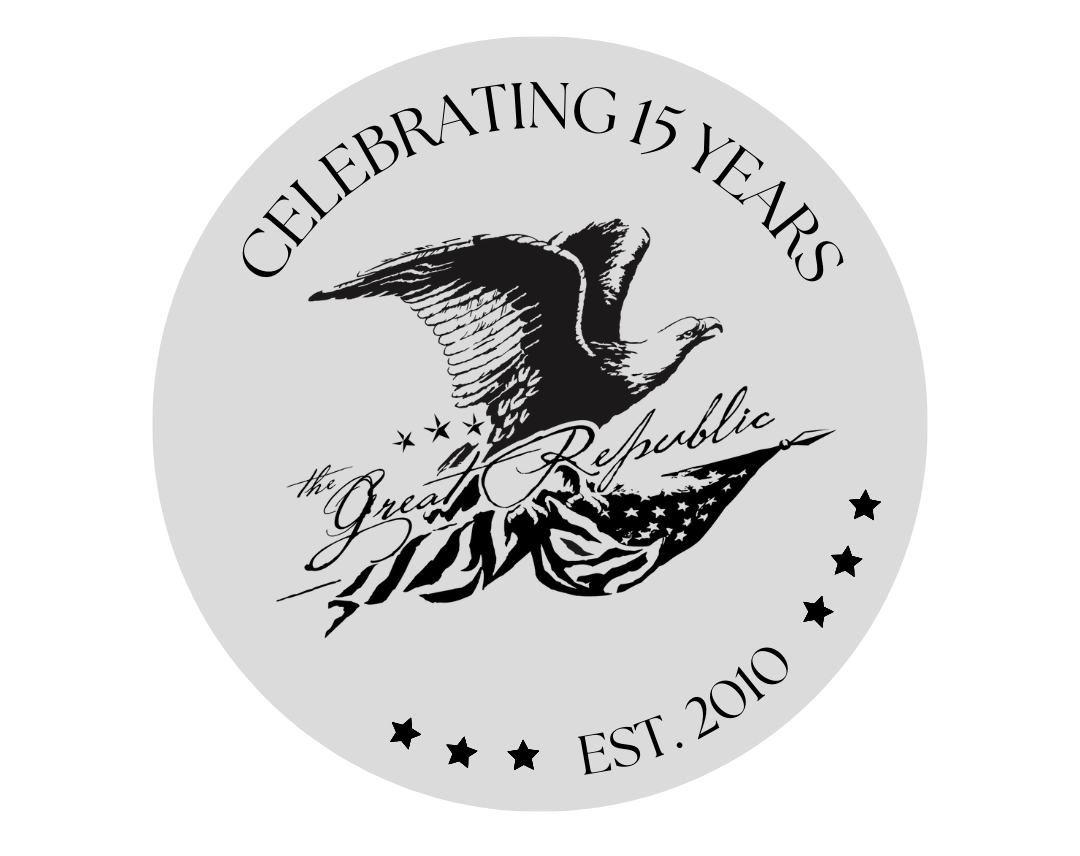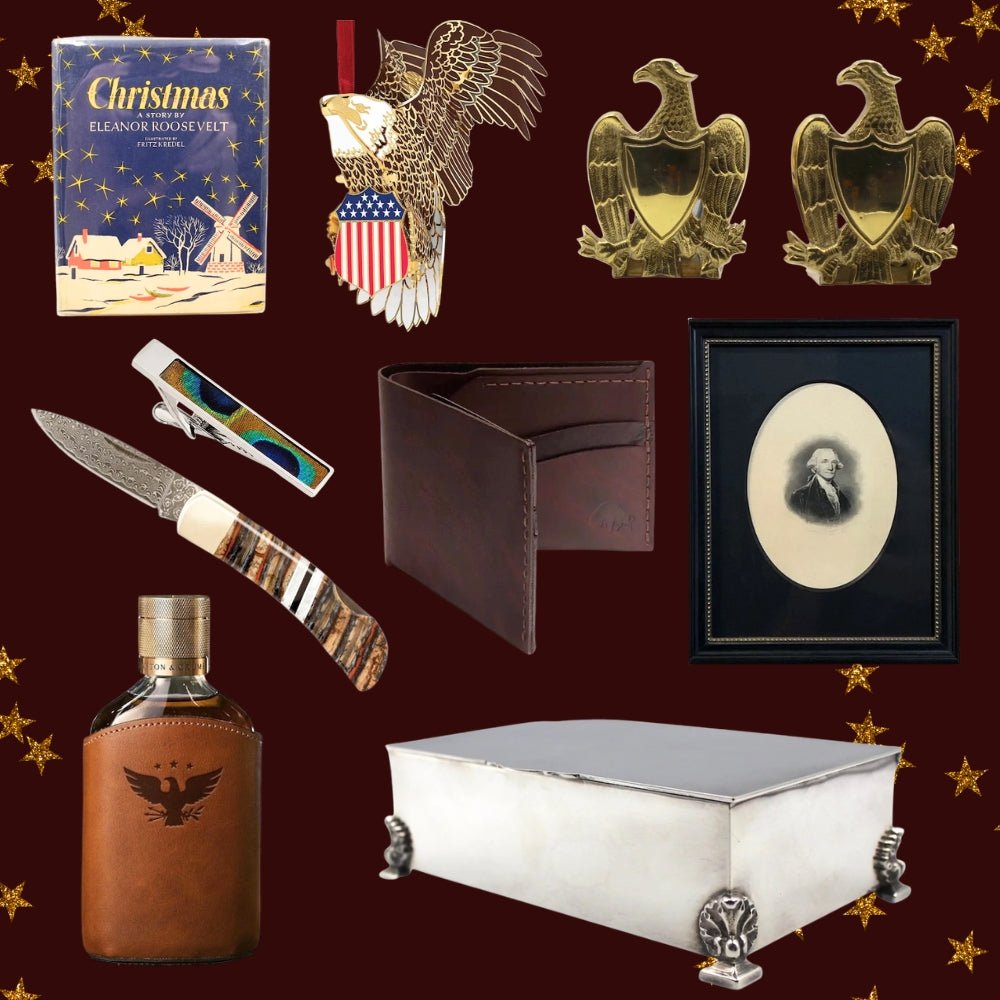|
This beautiful new arrival is a 13-Star WWI U.S. Navy Ensign, circa 1907. The flag has 13 stars, even though it was produced in the 20th century, since 13 stars were commonly used on naval ships all the way up through 1916. Since the official American flag changed constantly when new states were admitted, naval ships flew a standardized 13-star flag until the practice was discontinued by President Woodrow Wilson in 1916.
The vibrant flag boasts a 3-2-3-2-3 star pattern, which looks like a diamond of stars surrounded by four corner stars. The pattern is often referred to as the Francis Hopkinson star pattern, rightly named after the pattern’s founder. Most historians credit Hopkinson as the designer of the first American flag, and there are many records concerning Hopkinson, largely due to controversy surrounding his payment for the service. Hopkinson was a patriot, a lawyer, a Congressman from New Jersey, and a signer of the Declaration of Independence. In late 1776, Hopkinson was appointed to the Continental Navy Board, which allowed him to devote time to designing the American flag. He submitted a variety of designs to the Continental Congress, to include the design of the first Great Seal and a representation of the American flag with the stars in a 3-2-3-2-3 configuration. The pattern was a derived variation on the Scottish white saltire and the Russian navy flag.
|




